BY MIKE METTLER
“On the surround mix, it sounds just like you’re in the room with Steve Howe while he’s playing those guitar harmonics.” Steven Wilson is describing the clarity of the gorgeous acoustic intro to “And You And I,” the second track on Yes’ groundbreaking 1972 LP, Close to the Edge. (Said intro is keenly accented by Rick Wakeman’s understated organ fills that lightly season the rear channels.) And I hate to sound like a broken, er, record, but the one true king of transformative surround-sound mixing (Porcupine Tree, King Crimson, Jethro Tull, XTC) has raised the all-channel bar yet again, for Wilson’s transcendent 192/24 5.1 CTTE mix is as pure and true as you’ll ever hear it on Panegyric’s Definitive Edition Blu-ray/CD combo package.
His wholly immersive, ear-boggling 5.1 mix achieves total mass attainment, highlighted by Wakeman’s uplifting, fully enveloping church organ sequence on the title track and Jon Anderson’s echo-laden vocal call-and-response word-association invocation in the rears during the back half of “Siberian Khatru.” Wilson also presided over a score of extras, including a UK vinyl transfer (a.k.a., a “needle drop”) and both the original 1972 and updated 2013 stereo mixes in 96/24. Here, we get up and we get down to digging even deeper about the surround mix’s minutiae, the title track’s aforementioned organ sequence, and the band’s response to Wilson taking this classic album to the absolute Edge.
Mike Mettler: So how does one go about making an admittedly “beautifully recorded and beautifully mixed” progressive masterpiece sound even better?
Steven Wilson: My goal is always the same: Be as faithful as you possibly can to the original mix, and don’t try to modernize it or improve it in any way — but allow for the fact that you’re going back to an earlier generation of tape. Remember that every kind of mix, every vinyl master, and every copy master is a further reduction in sound quality. But by using the original tape, I inherently knew I was going to get more tone out of the music and more out of the recording itself than anyone had been able to before.
Mettler: Producer Eddie Offord sure gave you one helluva template to work with.
Wilson: What I think a lot of people love about Eddie Offord’s original mix is the sense of energy and thrust the music has, which is partly the musicians and the way they play. But it’s also partly the fact he was mixing it to the red the whole time. He heavily saturated and compressed his mixes. He drove the tapes so hard that you get this sense of compression — not like mastering compression, but more like analog tape-mixing compression. I’ve always shied away from that because I like the dynamics of the music to breathe, and I don’t like that congested quality you get when you push things very hard.
So my new mix has taken a new tack, a more relaxed approach to the amount of compression. I tried to preserve more of the dynamics. There’s a lot more air, space, and depth that wasn’t present in the original mix.
Mettler: What kind of files were you working with?
Wilson: I had the 96/24 transfers that were done by Atlantic. They sent me these beautifully pristine, highly digitized files, with incredible high resolution. In theory, you’re not losing any of those lovely sounds on those tapes since they’ve been done at such hi res. And we had the luxury of keeping it that high all the way through the process and onto the Blu-ray release.
Mettler: Even with your extensive 5.1 mixing experience, this must have been a challenging project.
Wilson: It’s one of the most complex mixes I’ve ever done, yeah. I was trying to recreate two things: First, all of the performance aspects of the mix, and second, emulating the reverbs, delays, and echo effects. On “Close to the Edge,” especially in that middle section, there are sounds that are just drenched in old-fashioned plate reverb. And I’m very much a stickler for trying to make things have the same signature of the original effects units. Working in the digital domain, it’s very possible now to get very close to it, because we have fantastic emulations of those old analog effects units.
The thing about Yes and Eddie Offord is that the mixes really are performances. And what I mean by that is, very often when you do a remix, you set a level for the drums, you set a level for the bass, the guitar, the vocal, etc., and usually that remains fairly static throughout the mix. Not on the Yes mixes. Every little guitar phrase, every little vocal nuance, every little bass lick, and every little drum fill has potentially been pushed up in the mix manually. What that means is that you can’t just set your levels and let the mix run through. You have to literally analyze every few seconds, every few bars of music. I had to constantly compare back to the original mix: “Ah, they’ve lifted that little drum fill out!”, “Ah, they’ve lifted that guitar phrase out!”, “Ah, that vocal part is fading into reverb there.”
And I didn’t really do a lot of EQ, either. What’s on tape is pretty much recorded as they wanted it, so I didn’t mess with the tone of the instruments, the amount of bass, or the treble, or anything like that.
Mettler: Talk about what you had to do with Rick Wakeman’s organ sequence in the “I Get Up I Get Down” section of the title track.
Wilson: You mean the church organ? I didn’t know this when I was initially mixing it, but apparently they went and did that without having the context of the track. That is, they went to a church [St. Giles-without-Cripplegate in London], recorded the church organ in isolation, and then came back and spun it back into the multitrack. I didn’t know that at first, but it’s such a glorious, kind of overpowering sound. And you know what? That’s pretty much the way it is on the tape. All of the reverberation is the natural reverberation from the church where it was recorded, so, in actual fact, that was one of the simpler things to program back in.
Mettler: Was there any direct band input while you were working on your mixes?
Wilson: Sure. Steve [Howe] and Chris [Squire] heard it, but only when it was pretty much finished. Both of them really liked it. There wasn’t necessarily any sort of constructive criticism, but it was nice to have the seal of approval, let’s put it that way. Since then, Steve has been a lot more hands-on with the subsequent Yes stuff I’ve done. We get along quite well, and I appreciate his input.
Mettler: I’m glad you didn’t feel compelled to “update” the sound of the album in any way.
Wilson: Thanks. Why would you take Close to the Edge and add effects to it to make it sound, quote unquote, “more modern”? You wouldn’t. It has a slightly modern sound to it almost by default, because you have this extra clarity you don’t get from old analog mixes. Some people don’t like that. They prefer the kind of top-end rolloff you get with analog tape – and I totally understand that too, which is why we put both the old and new stereo mixes in these packages.
I’ve always been skeptical of artists who come around and say, “You know what, I’ve never liked that; let’s go ahead and change that.” Robert has done that a few times – Robert Fripp [of King Crimson]. And usually I talk him out of it, because I don’t think that’s the right idea. If something has been out for 30 or 40 years, people have grown to love it; they’ve grown up with it. It’s part of their life, part of their childhood, their youth, their old age, wherever they are. If you start going in and say, “I never liked that guitar part; let’s go ahead and move it,” or “let’s edit that, and let’s change this” – I steer away from all of that stuff, and I remain faithful to the original mix in both the good and perhaps not-so-precise aspects of it.
Mettler: Right, because if you start changing things and create a “completely remixed” record, the integrity of the whole project can come into question.
Wilson: Those kind of remixes are not really all that popular, are they? I’ve learned that that’s not the way to go. The way to go is to respect the decisions that were made and the sounds of the time, and not try to do this mixture of modern technology and old recordings. That’s just not the way to go. I think pretty much, without exception, people kind of prefer that sound anyway. The sound of ’60s and ’70s recordings is very much in vogue, and the sound of ’80s and 90s recordings is not, and people want things to sound a certain way. Even on my own last record [The Raven That Refused to Sing (and Other Stories)], I was looking for that kind of dryer, almost ’70s grain.
Mettler: I know there’s been some criticism that CTTE sounds “flat” because you were more interested in preserving the overall performance dynamics. My view is that people have to trade clarity for flatness – it’s more natural.
Wilson: Analog has this top-end rolloff, this inherent murkiness where all of the harmonies kind of get distorted, but in a pleasing way. In a sense, the music feels more like it’s glued together. Whereas when you work in the digital domain with pure beautiful transfers and you’re combining all of the instruments, you’re not going to get those kind of natural harmonic distortions. Some people use this word “clinical,” which I don’t agree with, but certainly there’s separation there that you simply won’t get in analog tapes. But there are extremes.
Mettler: Do you consider this one of your best 5.1 mixes to date?
Wilson: There are a lot of magical moments on there, yes. At the same time, I was absolutely terrified to do this mix. It’s almost like rewriting The Bible, isn’t it?
Mettler: Since it is such an iconic album, you must have felt some level of added pressure before you even cued up those tapes in your studio.
Wilson: I did. And the same way The Bible defines the way people live their lives, Close to the Edge has defined some people’s musical taste. For better or worse, you have to realize you could be messing with people’s minds, in a way. So that’s terrifying. But I enjoyed it, and I came away with more admiration for the record than I had to start with – which is no mean feat, because I thought it was terrific to start with.
Mettler: Close to the Edge is one of those benchmark records that I always come back to for a full-album listening experience.
Wilson: It’s a bona-fide A-level masterpiece. I think “masterpiece” is an overused word, but there are some records that deserve being called that, and this is one of them.
Tags: 5.1, And You And I, Atlantic Records, Bill Bruford, Blu-ray, Chris Squire, Close to the Edge, Eddie Offord, Fragile, I Get Up I Get Down, Jon Anderson, King Crimson, Panegyric, Relayer, Rick Wakeman, Robert Fripp, Siberian Khatru, stereo, Steve Howe, Steven Wilson, surround sound, Tales from Topographic Oceans, The Yes album, Yes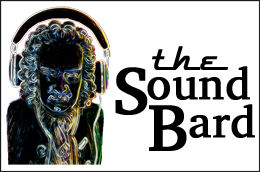
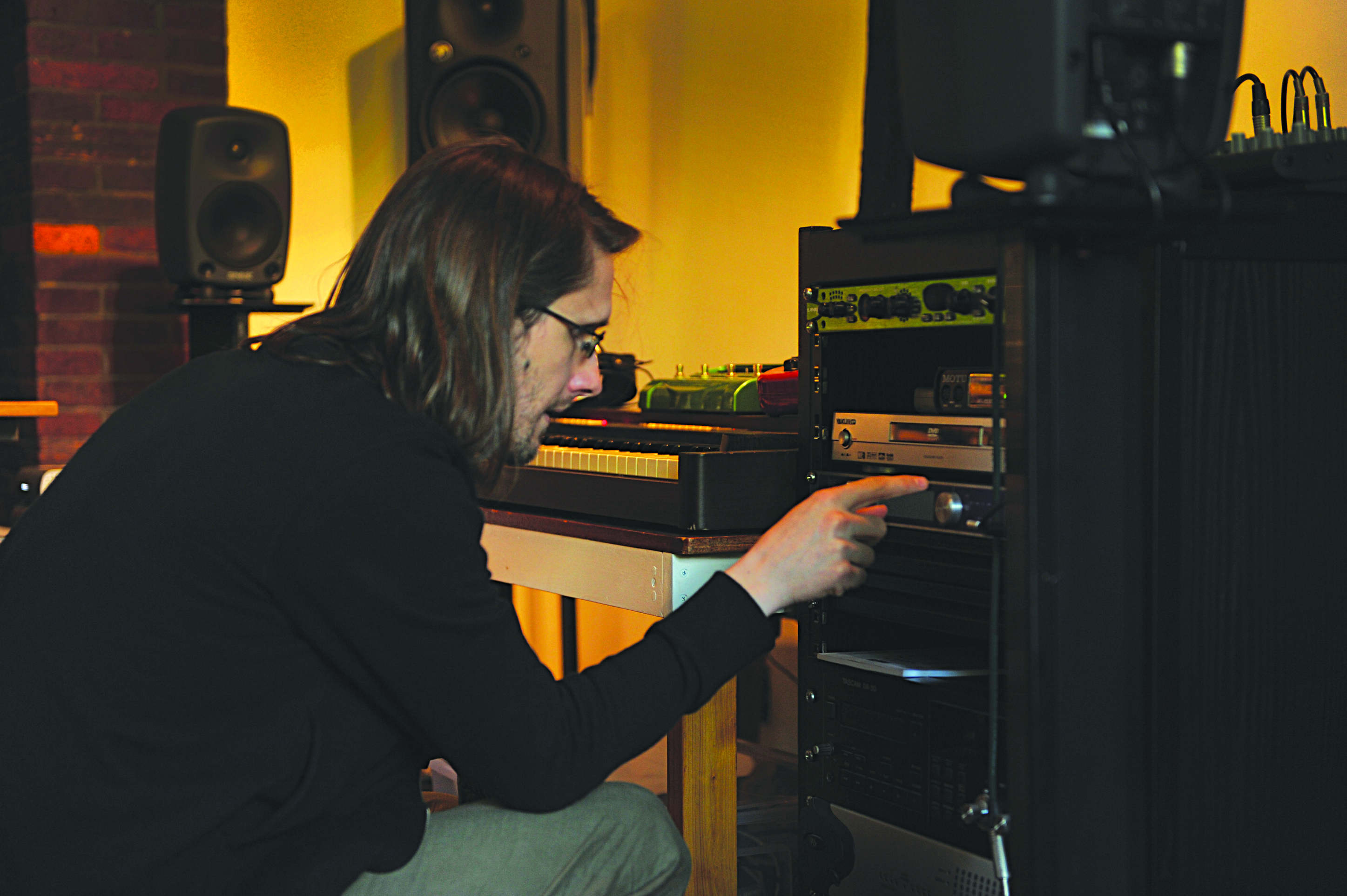
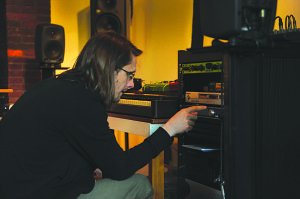
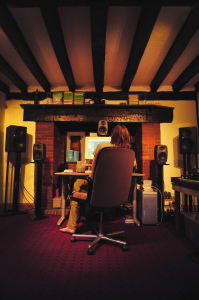
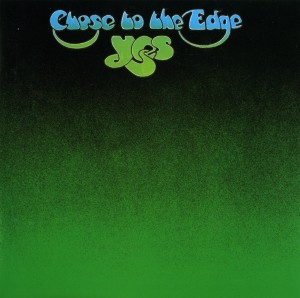
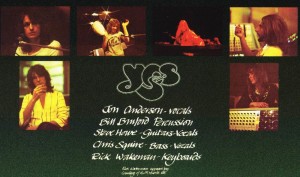
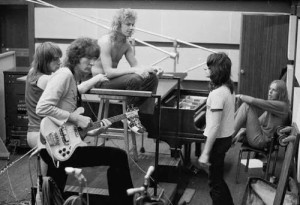
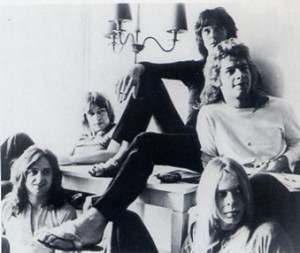
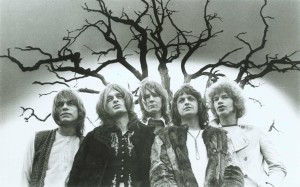
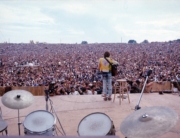

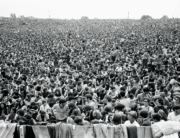
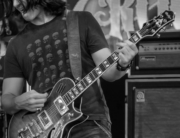
Great interview! I bought one of my favorite Frank Zappa albums on cd (we’re only in it for the money) and to my horror heard that Zappa added all sorts of Synclavier sounds. I agree with Steven to never change a thing.
Cheers,
Leo
Thanks Leo! Actually, Steven and I also briefly discussed those ’80s Zappa mixes you mention. Check out the full 60-plus-album FZ catalog reissues that the Zappa Family Trust oversaw and released in 2012 and 2013 via Universal — they’ve returned to the original analog masters. Further good news: They’ve also started to bring them out on vinyl, too, a few albums at a time.
MM
The SoundBard
Thnx.. Keep the good stories coming. I appreciate the great music all the more!!!!!!
Great Interview Mike.
At your recommendation I bought the Blu-ray disc and it is astounding. I remember listening to the original LP in high school and thinking how the sound quality was superb and that it was truly a masterpiece. All these years later, the music still holds up and there is something about a good surround mix that allows you to believe, for a minute, that you’re in the room with these great artists. It strikes me that Steven Wilson is quite a humble chap. As an established artist in his own right, the fact that he’s more concerned with being faithful to the original mix than putting his own stamp on the material is impressive.
Keep up the great work Mr. SoundBard
Great Interview Mike! Thanks for shining a light on the intricate remastering process and the Wilson’s thought-stream behind some of it. The way he describes making/remixing music is almost prophetic, I could listen to it forever. Great stuff!
[…] Steven Wilson interviewed about his 5.1 mix of Close to the Edge: […]
Great interview ! I think SW did a brillant Job here. Love the 5.1 mixes.
Wonderful interview Mike! Steven Wilson’s work on the CTTE Blu-Ray is nothing short of awesome and still gets regular play in my listening room. I eagerly await his excellent work on the other Yes titles. Although Relayer and Tales of Topographic Oceans top my personal wish list, any one of Yes’ other albums in 5.1 will be just fine with this long time fan. Keep the great interviews coming, Mike.
Thank you all for the kind words. Much more surround-related writing to come from these quarters, guaranteed.
Good news: It looks like the next 5.1 Yes Blu-ray release will be The Yes Album, currently slated for late April… so get your ears ready, everyone!
MM
The SoundBard
That’s right, April 14th for The Yes Album.
Details at
http://stevenwilsonhq.com/sw/headphonedust/yes-the-yes-album-cdblu-ray/
[…] previously remixed Close to the Edge (Here’s an interesting interview with him about that project) and the rumor is that Going for the One is […]
[…] to the Edge as a reference. Wilson spoke recently about his approach to remixing this iconic album here. If you can spring for the Wilson remix (especially the Blu-Ray version) it is well worth the […]
Comment from:
Mike Listman
mikeltexcoco@gmail.com
Submitted on 2014/10/03 at 5:43 am
I was 18 or 19 when CTTE was released and, being a Yes lover at the time, purchased the vinyl, but never really appreciated the work–it seemed overblown to me and at the same time the middle section of the opening track depressed me. I’m now in my early 60s and, driven by the interest of my youngest son who discovered Yes in 2013, have gone back and listened to CTTW…and listened…and listened again. Of course it’s extraordinary in every regard; sublime, amazing…there must be other words out there. Confess that what I’ve been listening to is a YouTube upload of Steve’s masterful remix (I feel less guilty because I DID actually purchase the original vinyl, in its day) and at 4 a.m. this morning woke up (again) with pieces of the music running through my head (God…it’s been happening repeatedly lately!) and went on www looking for reviews and stories about how the work was made. This interview with Steve about what he did and why was really illuminating and thanks; I think I can understand what he’s talking about when he describes the compression of the original and how he gave it air. I’m going to finish the beer I opened (it’s 0425 now) and try to go back to sleep so I can get up for work in the morning, but just thought you’d enjoy this story from someone who lived the times (grew up in Detroit and so had very diverse early influences including Motown, the incredible local and regional garage scene, add the Beatles and other UK invaders, add Dylan and folk-rock + roots, and then into the “mind-expanding” music eventually called prog rock [yes, king crimson], and the journey goes on to things perhaps you and Steve have never heard [listen sometime to the original Playa Girón compositions of the Cuban singer/composer Silvio Ródriguez…]. Anyway, I don’t make a living off of it, but music has been the axis of a long, interesting life and this article and Steve’s contribution to CTTE has burnished a gem my spirit will carry to the inevitable edge we’re all approaching (and hopefully beyond!). Best wishes, and thanks again.